- Home
- Home Insulation
- Best home insulation materials
Choosing the Best Home Insulation Materials.
The best home insulation materials s quite a subjective issue but there are lots of aspects about your home that might steer you one way or another.
The biggest issue I find these days is that there’s so much choice with all the different types of insulation on the market and each insulation company would have us believe that theirs is the best.
So who are we to believe?
Unfortunately it’s very difficult to simply list the best home insulation as all the different types of insulation that are available from all the different suppliers can be tweaked slightly which will then give different results.
So I’ve decided to go back to basics and give you a list of the main types of insulation available with their performance figures. That way regardless of what individual companies do to “tweak” their product you can ask them what the basic material is and you’ll be able to see how that basic product performs compared to others.
The figures given below are R-values measured in m².K/W per inch (the higher the number the better the insulation performs).
You may also come across R-value figures which seem much higher for the same materials (typically in the range of 1.0 – 8.0 per inch). These are just R-values that have been measured in ft².h/BTU.
Basically the same figure just converted into imperial units. You can convert between the two by either dividing or multiplying the figure you have by 5.68.
Best Home Insulation Comparison Table:
Blow in insulation:
- Loose fill vermiculite R-value = 0.38 – 0.42 per inch.
- EPS beads (expanded polystyrene) R-value = 0.4 per inch.
- Fibreglass loose fill R-value = 0.44 – 0.65 per inch.
- Loose fill cellulose R-value = 0.52 – 0.67 per inch .
Get more information on blow in insulation here.
Blanket Insulation:
- Fibreglass batts R-value = 0.55 – 0.76 per inch.
- Blue jean insulation(denim insulation) batts R-value = 0.65 per inch.
- Fibreglass batts (high density) R-value = 0.63 – 0.88 per inch
Rigid Insulation:
- Fibreglass rigid panels, R-value = 0.44 per inch.
- Wood Fibre Insulation, R-value = 0.63 - 0.67 per inch.
- Extruded low density XPS board R-value = 0.63 – 0.82 per inch.
- Moulded low density EPS (expanded polystyrene) R-value = 0.65 per inch.
- Moulded high density EPS (expanded polystyrene) R-value = 0.7 per inch.
- Phenolic rigid boards R-value = 0.7 – 0.88 per inch.
- XPS (high density extruded polystyrene) R-value = 0.88 – 0.95 per inch.
- Foil backed PIR (polyisocyanurate) board R-value = 0.97 per inch (aged5-10 yrs).
- Rigid Polyurethane foam insulation panels R-value = 0.97 per inch (aged 5-10 yrs).
Get more information on rigid foam insulation here.
Spray foam Insulation:
- Open cell polyurethane spray foam R-value = 0.63 per inch.
- Polyisocyanurate spray foam insulation R-value = 0.76 – 1.46 per inch.
- Spray Phenolic foam insulation R-value = 0.85 – 1.23 per inch.
- Polyurethane spray - closed cell foam insulation R-value = 0.97 – 1.14 per inch.
Get more information on spray foam insulation and DIY spray foam insulation here.
*References: information obtained from energy.gov, inspectapedia.com & Wikipedia.com.
The figures above should only be used as a guide to finding the best home insulation as different manufacturers of each material may have slight differences to their products which can change the results. However they should enable you to see what the best performing materials are likely to be for your application.
When trying to decide on the best home insulation for your particular job you should also consider the available space you have in which to install the insulation as the better performing products will require a thinner cross section but will likely cost more.
Don’t forget, these figures are “per inch” so even the materials at the lower end of the scale can be made perform better by simply adding more. For this reason you’ll tend to see the highest performing insulation materials used less often in domestic properties due to their higher cost.
Instead many builders tend to go with a thicker application of the lower cost insulation materials, unless they’re restricted by space.
For example, if you have lots of space, say in your loft, and you’re not restricted on the depth of insulation you can install. It will be more cost effective (and more environmentally friendly) to use a thicker installation of wood fibre rather than a thinner section of foil backed PIR board as the PIR board will be a more expensive way of achieving a similar R-value and the foil back on the PIR board acts as a vapour barrier (which is not a good thing).
Hopefully this will give you a better idea of your options regarding the best home insulation for your particular job. Consider the space available and the R-value you’d like to achieve and it’s then just a matter of deciding how much you’re willing to pay.
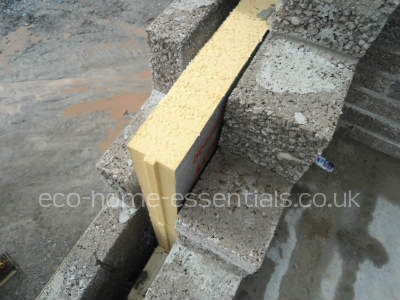
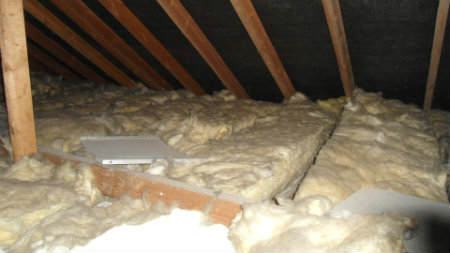
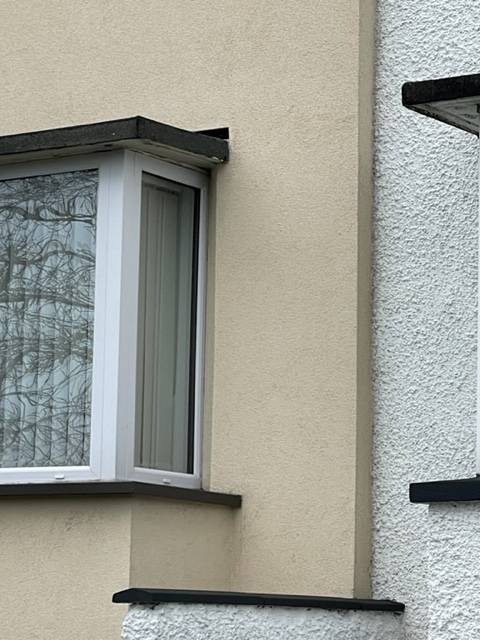
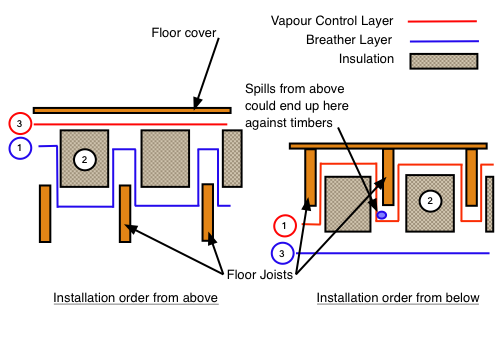
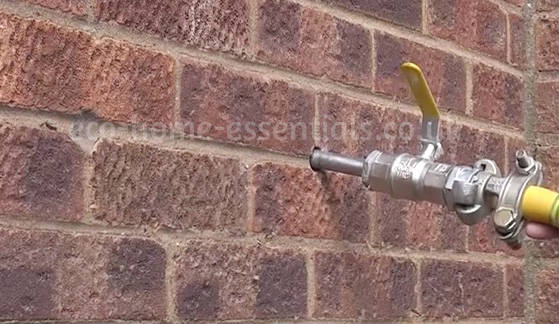
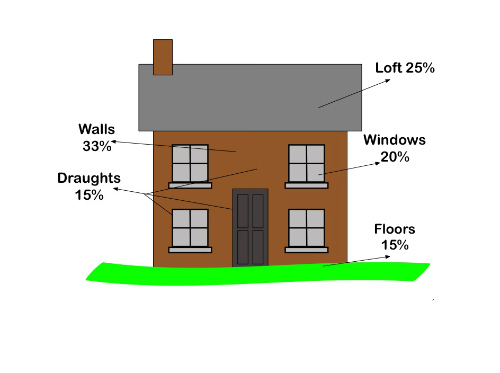
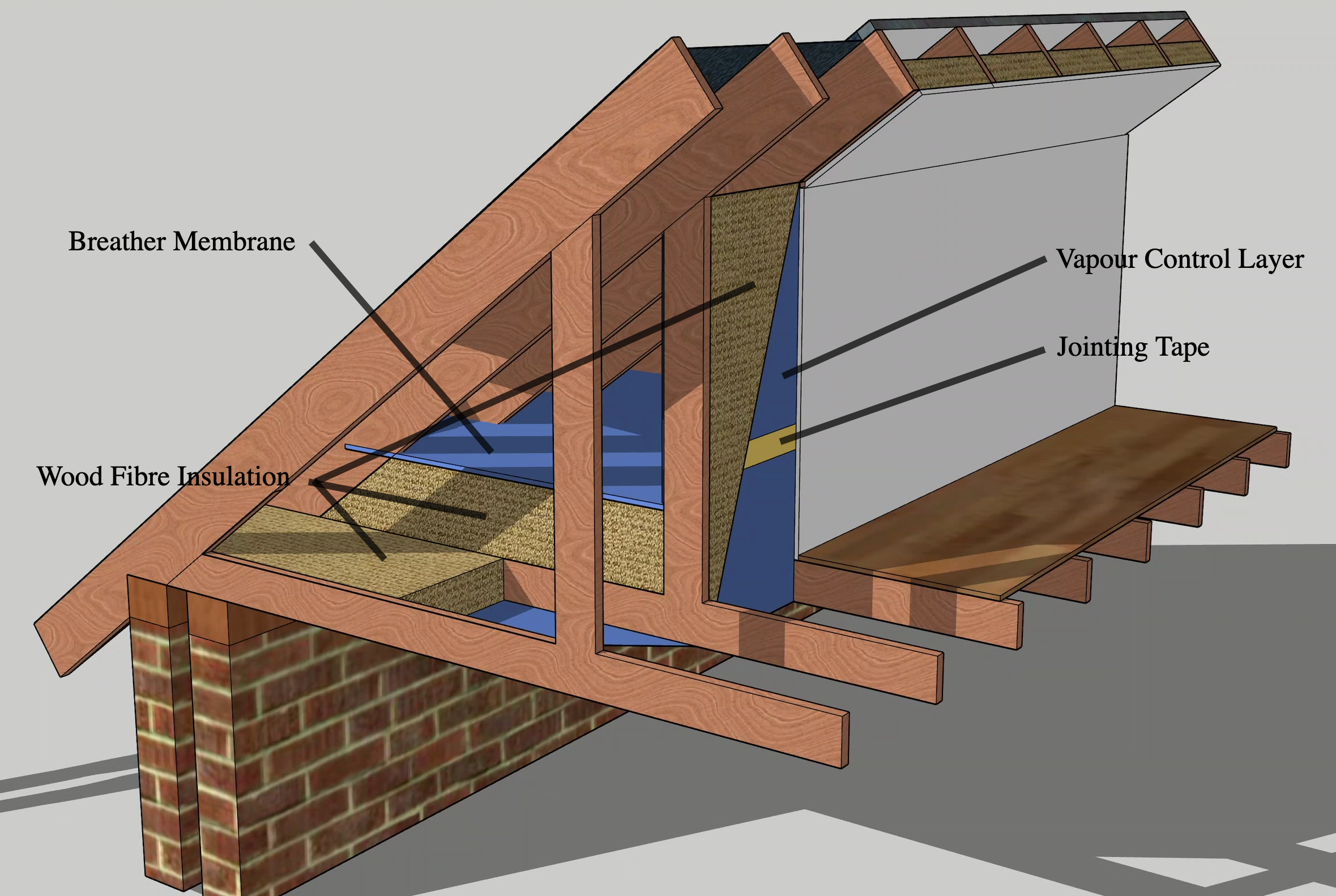
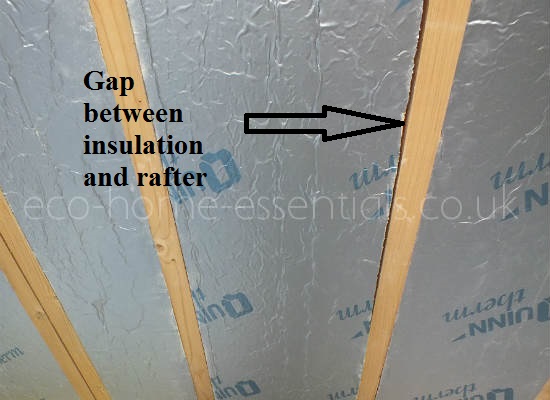
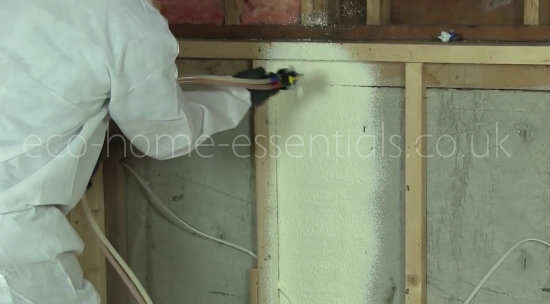
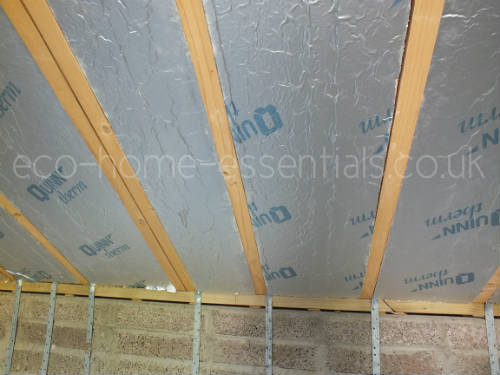
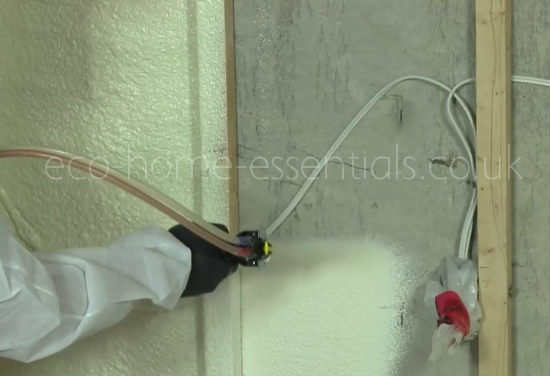
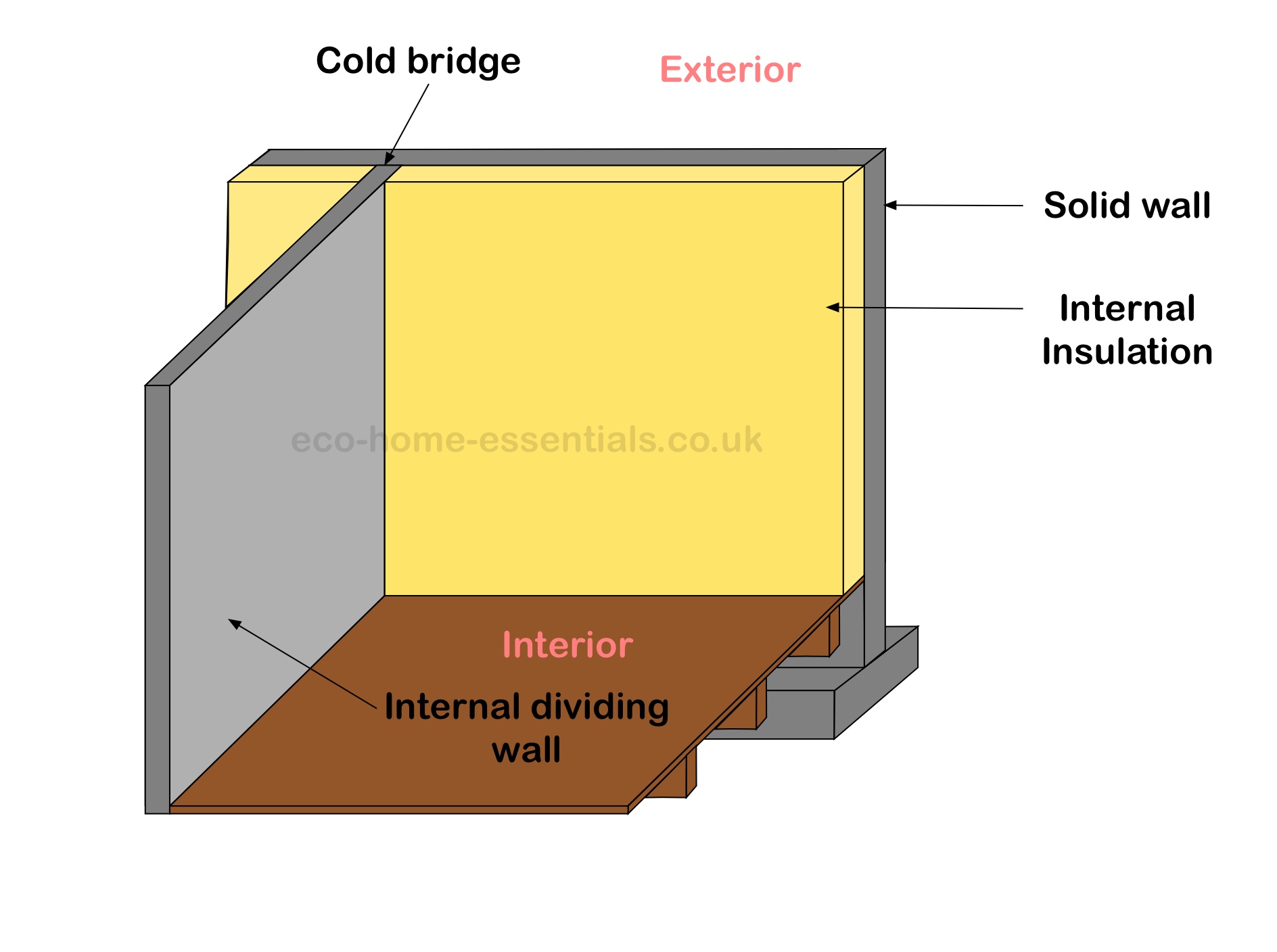
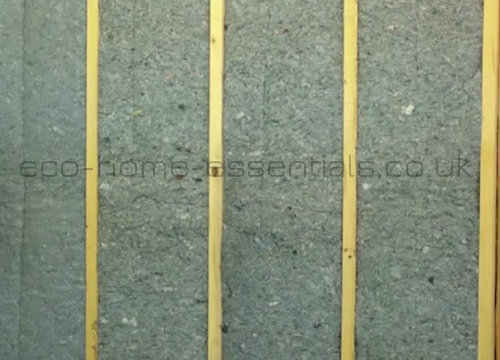
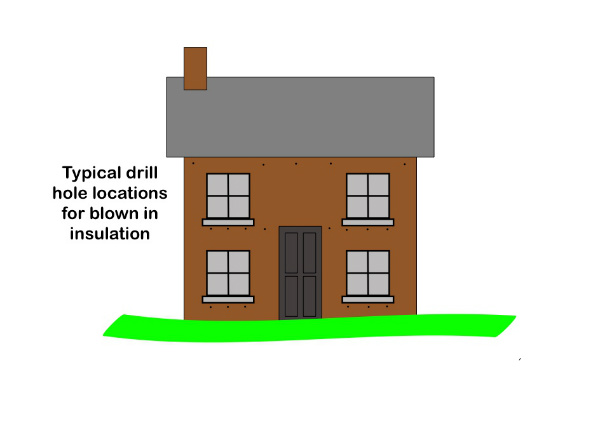
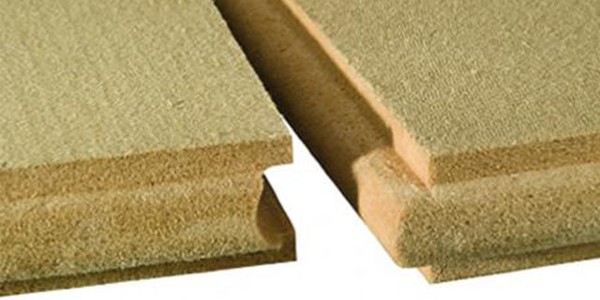
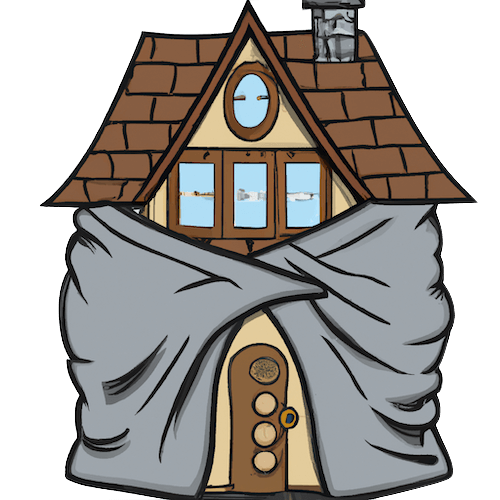

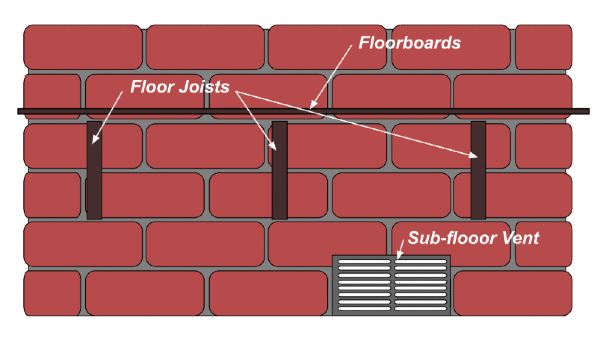
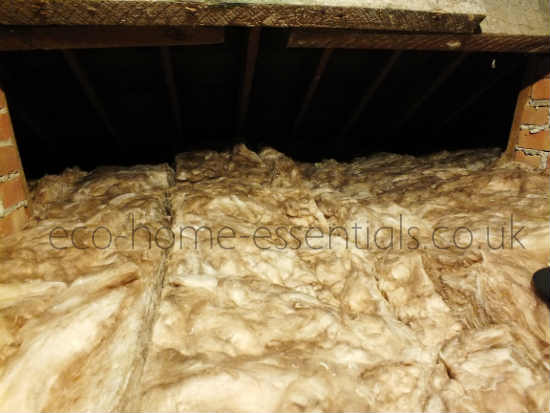
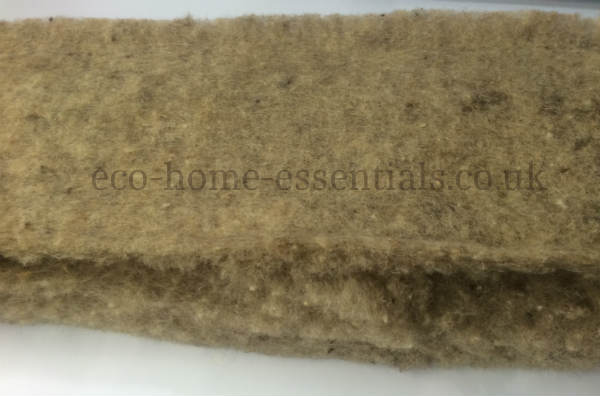







New! Comments
Have your say about what you just read! Leave me a comment in the box below.